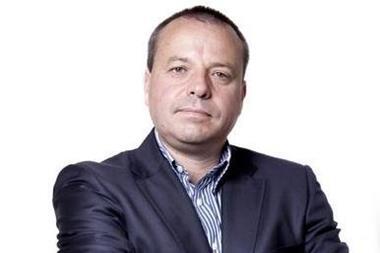The captives industry has become a force to be reckoned with over the past five years, according to a report from AM Best.
It said over the five year period ending in 2003, net written premiums grew by 45%, and admitted assets by nearly 29%.
But it said the growth led to a concurrent increase in loss reserves of nearly 35%.
Despite this, there was a considerably smaller increase in surplus levels of 2%, said AM Best. As a result, while the underwriting risk covered by captives has grown, it has come at the cost of increasing leverage.
The company warned that captive insurers are not immune to the vagaries of the insurance market, nor from the financial impact of incurred losses. AM Best said the last several years had been both a challenge and an opportunity for the captive market.
AM Best said it anticipates that captive insurers will remain focused on underwriting profitability commensurate with their mandate to act as the insurer of their parent organizations.
It also said market conditions might improve underwriting results as some of the high retentions necessitated by recent reinsurance pricing will be reduced as more reasonable terms and conditions become available again.
Additionally, captives are not excluded from the insurance industry concerns for the continuation of the federal Terrorism Risk Insurance Act (TRIA) program affecting most commercial writers.
Over the next several years, if commercial insurance rates continue to decline, captives might lose a share of their business and will need to respond with lower rates or product enhancements, warned AM Best.
The report it available to download from www.bestweek.com.





































